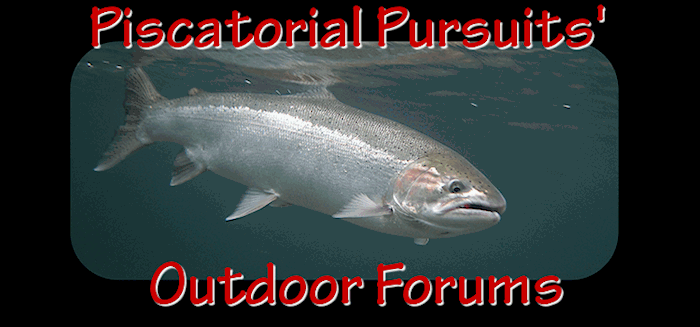75 miles or so from the salt. To my knowledge, these fish have been known (tagged fish studies) to travel between tributaries in the same big river drainage (Susitna) but not into the salt and up other larger drainages in the upper Cook Inlet area.
I am guessing that is due largely to the nature of the rivers around here. The big ones are all glacial fed and silty for most of the summer. The rainbows move out of the tribs and into the big rivers for the winter as the big rivers drop and clear. In the spring they migrate back up the tribs to spawn and eat salmon parts for the summer. In this case, the big rivers function much like estuaries in places like the Bristol Bay region where the fish move between rivers using the saltwater as the go between.
In each case, I think this trait has evolved, as in other areas, for genetic diversity reasons as well as access to food/survival. Salmon runs vary significantly from year to year even between neighboring tributary streams. Trout fishing in this neck of the woods is all about the salmon. The trout tend to follow the food train even if it is not headed to the same place as last year.
One of the larger dollies I caught last night had a mouthful of flesh and old salmon eggs. Considering there hasn't been a live salmon in the water since October and that the rivers and creek have mainly been ice for the last 5 months, I find it pretty amazing that these fish still have access to protein while hunkered down in the few deep dark holes in the river that managed to remain throughout the winter. The majority of the fish we catch in the spring are in really good condition, well the rainbows anyhow, a lot of the smaller dollies are ribby looking snakes.
_________________________
I am still not a cop.
EZ Thread Yarn Balls "I don't care how you catch them, as long as you treat them well and with respect." Lani Waller in "A Steelheader's Way."













 Previous Topic
Previous Topic Index
Index


